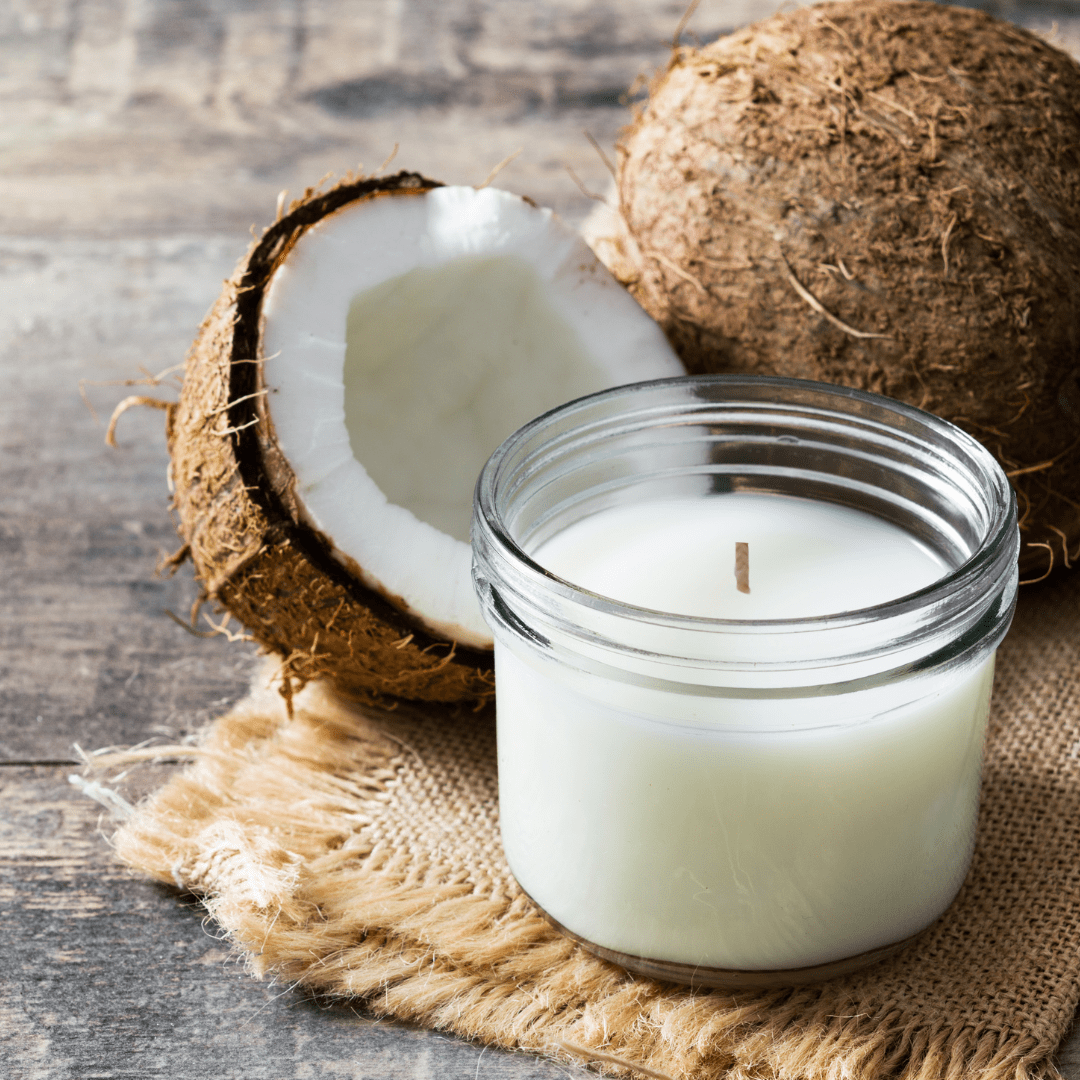Shop Sustainable Soy Wax Candles and Home Fragrance Collections
Shop Sustainable Soy Wax Candles and Home Fragrance Collections
Blog Article
From Wick to Wax: Comprehending the Chemistry Behind Soy Wax Candles and Their Ecological Impact
As we brighten our areas with the cozy glow of candle lights, there exists a realm of detailed chemistry behind the relatively easy act of lighting a soy wax candle. The selection between soy and paraffin wax prolongs beyond plain appearances, diving right into the world of ecological influence and the really make-up of the products. Comprehending the molecular framework of soy wax and its combustion process clarifies the discharges released into our surroundings. Join us as we unravel the scientific complexities behind soy wax candles and discover their implications on our setting.
Soy Wax Vs. Paraffin Wax
When contrasting soy wax and paraffin wax for candle making, it is necessary to comprehend the distinct features and benefits of each material. Soy wax is a natural, renewable energy acquired from soybean oil, making it eco-friendly and biodegradable - soy candles. In contrast, paraffin wax is a result of oil refining, which raises problems concerning its environmental effect and sustainability
Soy wax candles shed cleaner and discharge much less residue compared to paraffin wax candles, making them a much healthier option for interior air quality. Additionally, soy wax has a reduced melting point, enabling a longer-lasting candle that disperses scent better. Paraffin wax, on the various other hand, often tends to melt faster and less cleanly, potentially releasing damaging chemicals into the air.
From a sustainability point of view, soy wax is favored for its biodegradability and eco-friendly sourcing, aligning with the expanding consumer preference for environmentally conscious products. While paraffin wax has been a conventional choice in candle light making due to its price and ease of usage, the shift in the direction of environmentally friendly alternatives like soy wax is getting momentum in the sector.
Chemical Structure of Soy Wax

Combustion Process in Soy Candles
The chemical structure of soy wax straight influences the burning procedure in soy candle lights, impacting factors such as melt time, aroma launch, and environmental impact. When a soy candle light is lit, the heat from the fire thaws the wax near the wick.
The burning effectiveness of soy candle lights is influenced by the purity of the soy wax and the quality of the wick. A clean-burning soy candle with an appropriately sized wick will generate a constant fire and reduce soot formation. This not only expands the burn time of the candle however likewise improves the launch of fragrances. In addition, soy wax candle lights have a reduced ecological impact contrasted to paraffin candle lights as a Read More Here result of their biodegradable and renewable nature.

Ecological Benefits of Soy Wax

Considered a sustainable choice to conventional paraffin wax, soy wax uses notable environmental benefits that make it a popular choice among eco-conscious customers. Soy wax burns cleaner and produces much less soot than paraffin wax, contributing to far better interior air quality and decreasing the requirement for cleansing and upkeep. On the whole, the ecological advantages of soy wax straighten with the growing demand for eco-friendly and lasting items in the market.
Recycling and Disposal Factors To Consider
Reusing and appropriate disposal of soy wax candle lights play a crucial duty in keeping ecological sustainability and minimizing waste in households and areas. The very first step is to guarantee that the candle light has actually shed totally when it comes to recycling soy wax candles. This can be achieved by permitting the candle light to shed until the wick is no more usable, and after that allowing the staying wax cool and solidify. As soon as the wax has solidified, it can be very carefully gotten rid of from the container.

In regards to disposal, if recycling is not an option, soy wax candles are naturally degradable and can be securely gotten rid of in a lot of house waste systems. It is constantly recommended to examine with neighborhood recycling facilities or waste administration solutions for particular guidelines on candle light disposal to make certain proper handling look here and ecological security.
Verdict
To conclude, the chemistry behind soy wax candle lights discloses their ecological benefits over paraffin wax candles. Soy wax, stemmed from soybean oil, burns cleaner and produces much less residue when compared to paraffin wax. The combustion process in soy candle lights is more effective, leading to a much longer and a lot more even melt. Additionally, soy wax is biodegradable and eco-friendly, making it a much more sustainable option for candle light manufacturing. Recycling and appropriate disposal of soy wax candle lights better add to their ecological effect.
When contrasting soy wax and paraffin wax for candle light making, it is vital to recognize the unique features and benefits of each product (soy candles).Soy wax candle lights burn why not try this out cleaner and give off less soot contrasted to paraffin wax candles, making them a much healthier selection for indoor air quality.Thought about a lasting choice to typical paraffin wax, soy wax provides significant ecological advantages that make it a preferred selection amongst eco-conscious consumers. Soy wax burns cleaner and creates less residue than paraffin wax, adding to far better interior air quality and decreasing the requirement for cleansing and maintenance.In conclusion, the chemistry behind soy wax candle lights reveals their environmental benefits over paraffin wax candle lights
Report this page